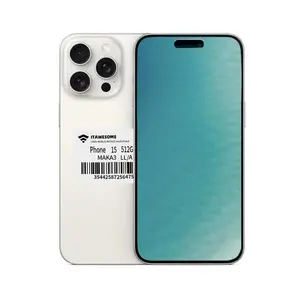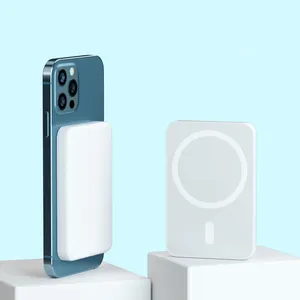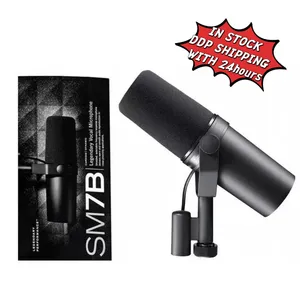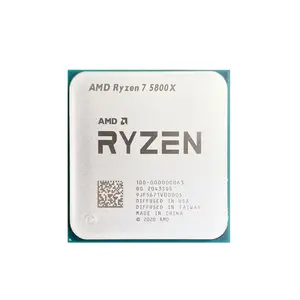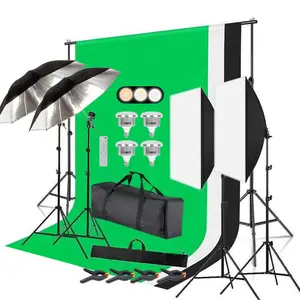





Godox SB-BW 95 센치메터/120 센치메터/140 센치메터 옥타 Softbox Bowens 마운트 상업 스튜디오 플래시 Monlight 초상화 제품 사진
₩26,608 - ₩33,610
최소 주문량: 1 개






라이트 공장 전용 높은 밝은 dc 12v 홍수 led 빛 텔레스코픽 삼각대 작업 등 야외 조명용 고출력 12v-85v
₩31,929 - ₩35,710
최소 주문량: 2 개
조각 당 선박: ₩58,382







공장 새로운 슈퍼 밝은 텔레스코픽 및 접을 수있는 캠핑 라이트 18000mAh 텔레스코픽 야외 usb 충전식 캠핑 라이트
₩26,328 - ₩31,929
최소 주문량: 2 개
조각 당 선박: ₩51,338







MAMEN 새로운 디자인 COB 60w RGB 13400mah/26800mah 전문 오디오 비디오 조명 장비 비디오를위한 지속적인 조명
₩57,836 - ₩59,867
최소 주문량: 2 개
조각 당 선박: ₩56,016













3200K / 5600K 200W LED 무대 프레넬 조명 TV 스튜디오 교회 강당을위한 DMX 디밍 자동 줌과 방송 스튜디오 조명
배송 준비 완료
₩198,855 - ₩231,063
최소 주문량: 2 개
조각 당 선박: ₩33,232












상위 카테고리
라이트 정보
Alibaba.com은 68256 라이트 상품을 제공합니다. 다양한 라이트 옵션을 선택할 수 있습니다. 예: 침실, 홈, 호텔. 예, 없음 라이트 등을 선택할 수 있습니다. led 라이트 등도 선택할 수 있습니다. 라이트 알루미늄, abs,플라스틱등도 가능합니다.
